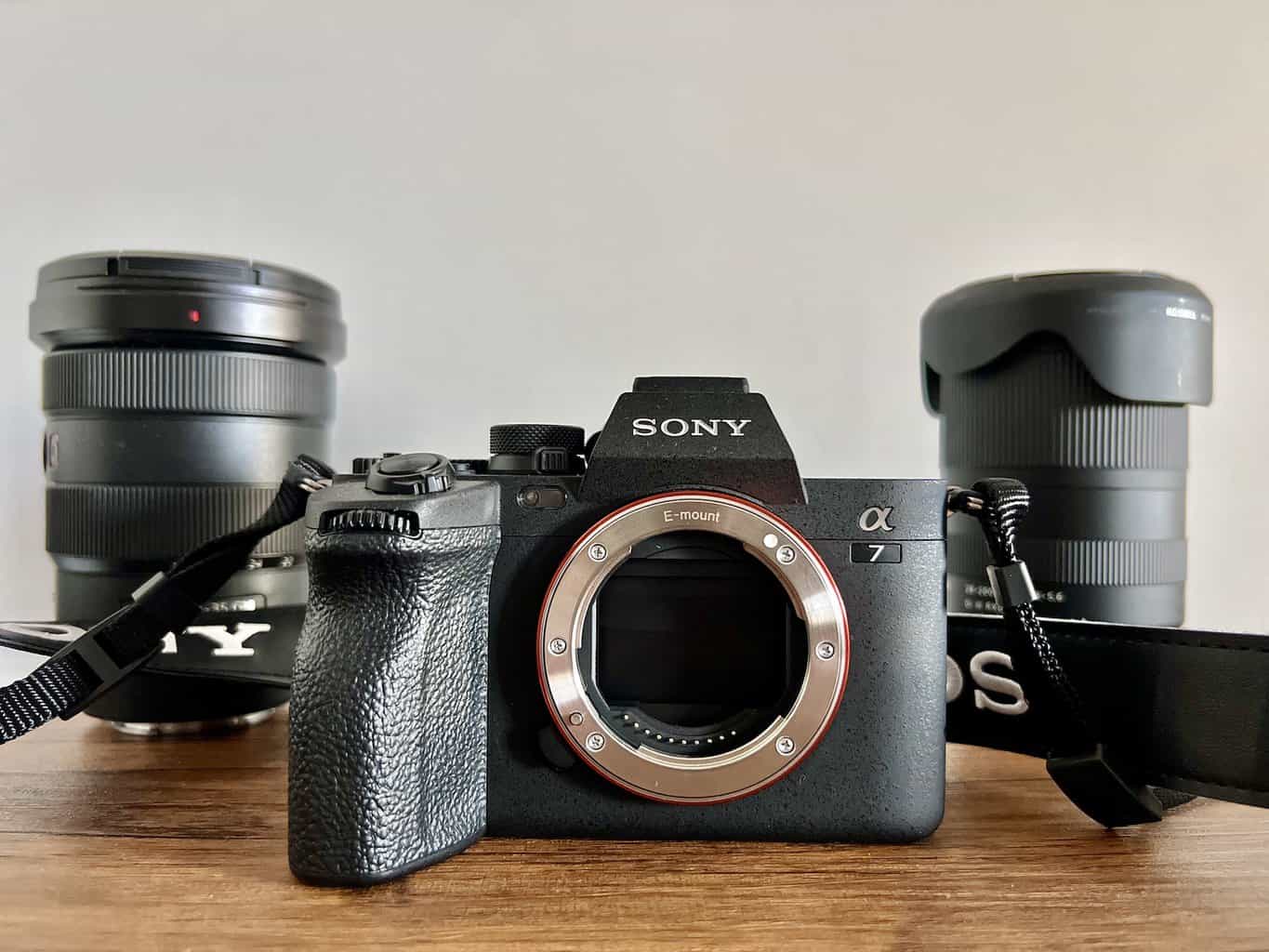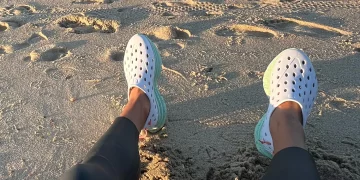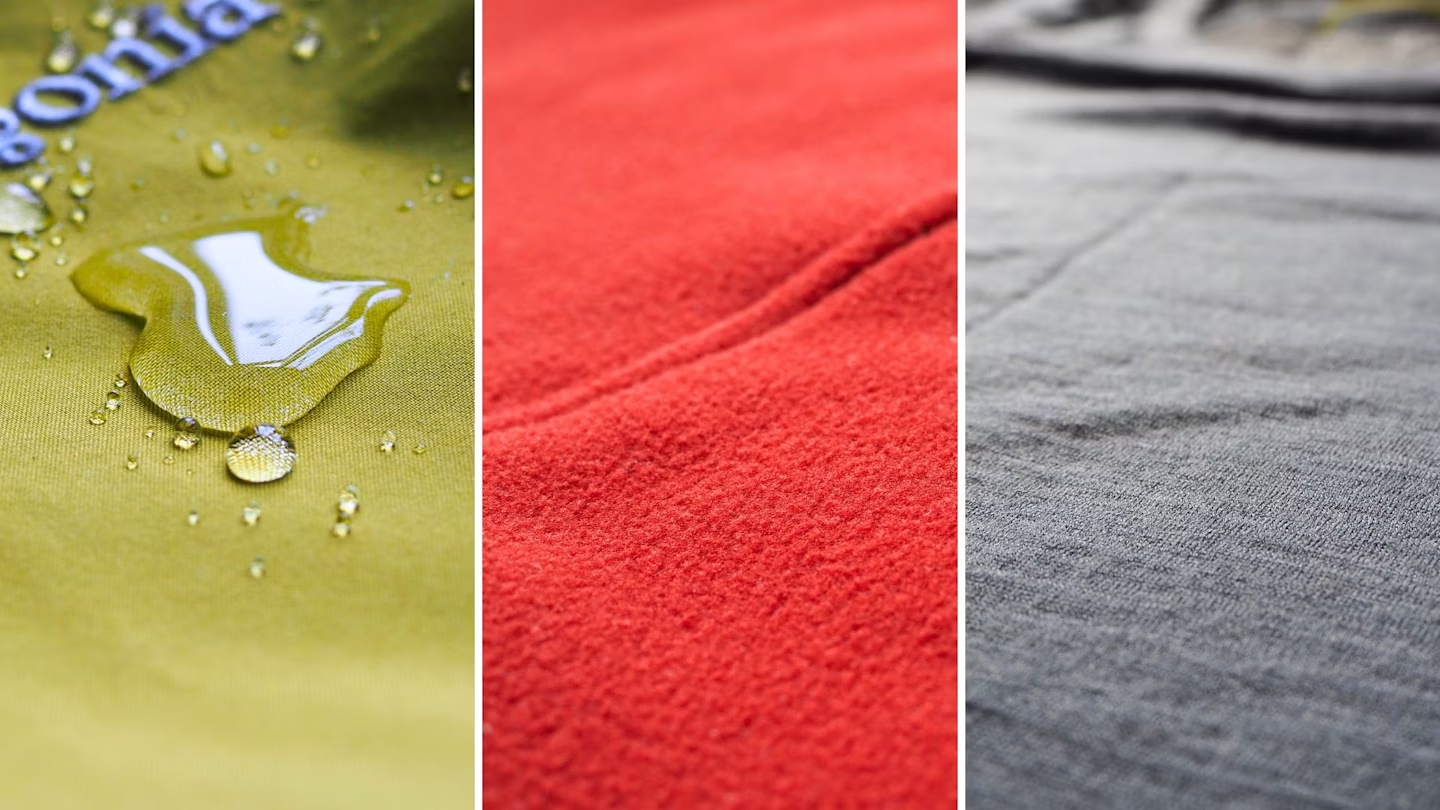In a world where convenience, efficiency, and portability are often the names of the game, compact gear has risen as a prominent contender to challenge the traditional giants of full-size equipment. Whether it’s for camping, photography, travel, or even outdoor sports, compact gear offers a unique set of advantages—lightweight, space-saving, and generally easier to handle. But can these smaller versions really match the performance of their full-size counterparts? In this article, we’ll delve into the nuances of compact gear versus full-size gear, evaluating their effectiveness, performance, and when each is best suited for specific activities.
The Rise of Compact Gear
Compact gear, also known as “miniaturized” or “portable” equipment, has been around for decades, but its popularity has soared in recent years. As lifestyles have become more mobile, with people traveling more frequently or pursuing outdoor activities on a smaller scale, the demand for gear that doesn’t compromise on performance while saving space has only grown.
Take the example of compact cameras. In the past, professionals and enthusiasts would rely heavily on full-size DSLR cameras, which offered superior quality and versatility. But today, high-performance mirrorless cameras and advanced compact digital cameras deliver impressive results without the bulky size, allowing photographers to carry their gear on the go without sacrificing too much image quality. The same principle can be applied to almost any gear, from backpacks and tents to cooking stoves and sleeping bags.
Understanding Full-Size Gear: The Traditional Standard
Full-size gear has traditionally been the industry standard for a wide range of activities. Whether you’re trekking through a national park or capturing intricate shots for a documentary, these larger options have always been praised for their superior durability, capability, and versatility. A full-size DSLR, for example, can offer better image resolution, more robust lenses, and advanced settings for precise control. Similarly, a full-size tent can accommodate more people, offer additional storage space, and generally withstand harsher conditions.
Compact Gear: The Advantages
1. Portability
One of the most obvious benefits of compact gear is its portability. The very nature of these products is designed to be lightweight and easy to carry. For example, compact tents or ultralight sleeping bags allow hikers to minimize their load, enabling them to trek longer distances or navigate more challenging terrains with less strain. This portability doesn’t just apply to outdoor gear but extends to electronics, kitchen equipment, and even musical instruments. The ease of carrying compact gear can make all the difference in long trips or when space is at a premium.
2. Space Saving

Compact gear often comes with a design focused on saving space, an essential feature for people who need to pack light. Whether you’re an urban traveler living out of a suitcase, a backpacker fitting everything into a hiking pack, or a weekend warrior gearing up for a road trip, compact options allow for more efficient packing. For example, compact cooking stoves like the MSR PocketRocket can fit inside your palm, while a full-size stove might occupy a significant chunk of your bag. The advantage here is clear: you can fit more gear into smaller spaces, leaving room for the essentials—or even some extra luxuries.
3. Affordability
In many cases, compact gear tends to be more affordable than its full-size counterparts. This is particularly true for those just getting started with an activity or for those who are testing the waters in a new hobby. A compact version of a product often provides a more budget-friendly entry point into an activity without requiring a large investment. This makes it an appealing choice for new adventurers or hobbyists.
4. Simplicity and Efficiency
Compact gear, due to its size, is often simpler to use. Designers typically streamline features, focusing on core functionality. This means fewer moving parts, less weight to carry, and in many cases, fewer complications. A compact backpacking stove, for instance, may not have all the features of a large camping stove (such as multiple burners or a huge fuel capacity), but it often gets the job done with the least hassle, especially for solo travelers or light adventurers.
Full-Size Gear: The Powerhouse
1. Superior Performance
One of the main reasons full-size gear is still favored by professionals and serious enthusiasts is its superior performance. A full-size DSLR camera, for example, will often outperform a compact mirrorless camera in terms of image quality, autofocus speed, and low-light capability. This is especially true for specialized gear, such as high-end tents that provide better insulation, weather resistance, and space. Full-size gear tends to be more durable, with construction materials designed to withstand the rigors of frequent use in harsh conditions.
2. Versatility and Functionality
Full-size gear usually offers more versatility, with the ability to adapt to a wider range of situations. Take, for example, full-size camping stoves: these models typically come with multiple burners, larger cooking surfaces, and additional features like simmering controls, which are invaluable for preparing larger meals. Similarly, a full-size tent might offer more living space, extra storage, or even the ability to support more advanced setups for extreme weather conditions. If your needs lean toward versatility, performance, and adaptability, full-size gear is often the way to go.
3. Durability
Full-size gear tends to be more robust and long-lasting. This is particularly important for those who engage in frequent, heavy-duty use, like professional photographers or mountaineers. Full-size tents, for example, are usually constructed from high-quality materials that are designed to withstand high winds, heavy rain, or even snow, ensuring that you remain dry and safe during your expedition. If durability is your main concern, opting for a full-size model makes sense.
Where Does Compact Gear Shine?
While full-size gear excels in performance and versatility, compact gear holds its ground in specific scenarios. These situations often align with individuals who prioritize weight, space, simplicity, and efficiency. Let’s break it down:

1. Backpacking and Solo Adventures
For backpackers who are traveling light and alone, compact gear is a game-changer. Reducing the weight of your pack by opting for ultralight tents, compact stoves, and smaller sleeping bags allows you to hike farther and longer without the burden of unnecessary weight. These choices allow for more freedom, less fatigue, and an overall smoother experience in the wilderness.
2. Short-Term Use or Low-Key Activities
If you’re someone who doesn’t need the durability and extra features of full-size gear, compact alternatives can offer everything you need for a quick weekend trip or low-stakes activity. Whether you’re going for a short camping weekend, a day trip, or a casual photography session, compact gear will provide the essential functionality without the excessive size and weight. It’s the perfect balance of practicality and ease.
3. Traveling Light
Compact gear is the best friend of frequent travelers who are trying to fit everything into a carry-on. Whether it’s a compact camera for capturing the sights, a portable power bank to keep devices charged, or a small tent for an impromptu getaway, these tools maximize space while offering the performance you need for personal enjoyment and exploration.
Full-Size Gear: When You Need More
However, if your activities demand higher performance, full-size gear will always outshine its smaller counterparts. This is especially true for professional photographers, seasoned outdoor enthusiasts, or anyone requiring top-notch functionality and durability. Whether it’s an extended camping trip, a professional photo shoot, or an expedition in challenging conditions, full-size gear can provide the versatility, space, and strength needed for those tough, long-term adventures.
1. Extended Adventures
If you’re heading out on an extended trip or going off the beaten path, the increased space, insulation, and features offered by full-size gear can make all the difference. A full-size tent, for example, not only provides more room but can support more gear and withstand harsher weather. Larger stoves and cooking equipment will give you the ability to cook multiple meals or accommodate larger groups, which is essential for long-term expeditions.
2. High-End Performance
Professional photographers, filmmakers, or other specialists who need the best performance and reliability will almost always opt for full-size gear. The superior performance of a full-size camera can make or break a shot, and the durability and adaptability of larger camping gear can save you in life-threatening situations.
Finding the Balance
Choosing between compact and full-size gear ultimately depends on your specific needs, the nature of the activity, and your personal preferences. For those looking to travel light and prioritize convenience, compact gear is often more than sufficient. However, for those embarking on serious, long-term, or high-performance activities, full-size gear remains the gold standard.
In the end, there’s no universal answer. Both types of gear have their strengths, and in many cases, a mix of both might be ideal. After all, the right gear is the one that fits your specific adventure, ensuring that you can enjoy the outdoors or your hobbies without compromising on comfort or performance.























